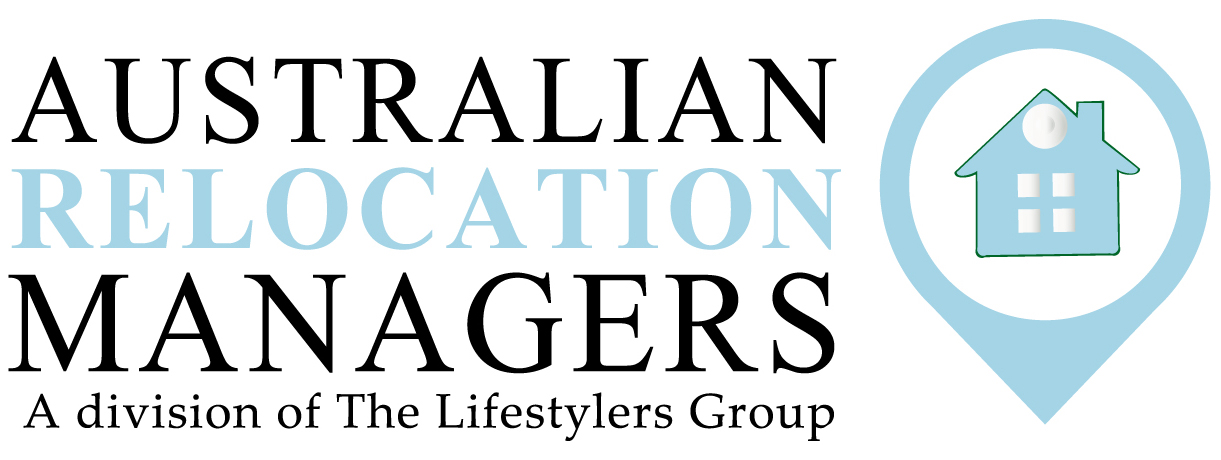If you are moving or relocating your pet to Australia, there are strict procedures that must be followed which are designed to manage our biosecurity risks. Whether or not you can relocate your dog or cat to Australia also depends on your country of origin.
You will also need to ensure that you comply with the Department of Agriculture and Water Resources import conditions.
They provide a “step by step” guide to assist you in relocating your pet to Australia. They also explain in detail and help you understand the requirements relating to the different categories of approved countries. As part of the relocation process you will be issued with an import permit which will contain the definitive import conditions.
I recommend that you start this process early, as it takes quite a while. Below is a sample of the tasks that you will need to complete as part of the relocation of your pet to Australia. This can vary depending on which country you are relocating from, so you will need to do your research.
Steps for Relocating your pet to Australia
Step 1: Confirm general eligibility for your pet.
Step 2: Verify existing microchip or implant a new microchip. You should note that a microchip must be present before you can start blood sampling for any pre export/relocation testing.
Step 3: Apply and pay for the Import Permit. After a microchip has been implanted and at least 42 days (this timeframe can change depending on which country you are relocating from) before the proposed date of export/relocation. Please ensure you allow at least 20 working days for the processing and granting of your permit application.
Step 4: Book tentative post arrival quarantine accommodation at an Australian Government Quarantine Facility and make travel arrangements. You would do this after you have received your import permit.
Step 5: Check general vaccinations. This will be dependent on the validity of your cat/dog’s vaccination
Step 6: Internal parasite treatments undertaken. Again, times can vary, but approximately two treatments will be required at least 14 days apart, with the second treatment given within approximately 5 days before relocation/export.
Step 7: External parasite treatments. As above, you might commence this at least 21 days before the export/relocation and repeated according to manufacturer’s directions until export.
Step 8: Pre-export clinical examination. This usually happens within 5 days before relocation/export.
Step 9: Completion of Veterinary Health Certificate. This usually happens within 5 days before export/relocation.
Step 10: Relocate/Travel to Australia
For full details, please visit: http://www.daff.gov.au/cats-dogs?wasRedirectedByModule=true
Once you and your pet have relocated to Australia
Relocating with a pet is just the first part of the challenge. As a relocation consultant, I can certainly tell you that it is harder to find a rental property when you have pets. You will find a rental property, but it may take longer to find and you will not have as many rental properties to choose from. You may also have to change your expectations with regards to the type of rental property that you would be prepared to live in.
When searching for a rental property, you need to ask the following questions:
- Will the landlord allow pets? If so, do they have any restrictions i.e. they must be an outside pet.
- Do they require a pet bond?
- Does your new rental property have enough space for your pets?
- Does the rental property have secure fences?
- Is your new home pet-proofed? For example, if your dog will spend time in the backyard, will he be safe from other animals or obstructions and is their shelter? Is he at risk of getting out and running away? Are there other hazards in the home, such as open staircases or a pool that could pose a danger to your pet?
Found the perfect rental property – now moving
If you are moving or relocating interstate, you’ll need to work with the individual airlines to coordinate your pet’s travel with your own. Most airlines do accept animals, and they may even travel on the same flight as you, but in Australia, your pet will travel in cargo in the undercarriage of the plane. Alternatively, companies such as Jetpets can help you with travel arrangements.
You might also want to speak with your Vet if you have any concerns about flying with your pet.
After the move
Your new home will be full of new rooms and areas for your pet to explore and investigate. Let them, but just keep their safety in mind. Experts recommend keeping cats indoors at your new location for a couple of days/nights (even weeks) so they feel safe at home before exploring their new neighborhood.
Dogs, on the other hand, enjoy walking around their new surroundings. Now’s a good time to check out the local dog parks! And depending on how much you’re at home with your pet, you may also want to research local dog walkers/sitters once you settle in.
You will also need to register your pet with your local council. You should also be aware that some councils do not allow cats to roam the streets at night. For example the Yarra Ranges Council have a 24 hour cat curfew. As a result, residents must keep their cats within their property boundary at all times.
If you need help finding a dog walker or anything else to ensure your pet settles into their new home, your relocation consultant at the Australian Relocation Managers can assist.
